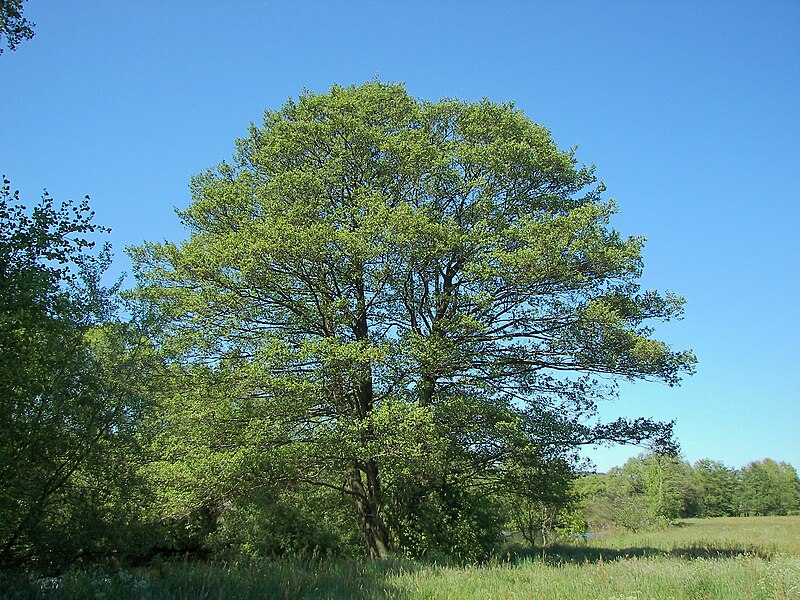As climate change is a global problem it must be addressed at a global level.
If we do not make significant changes now in our attitude towards climate change, the consequences will be devastating.
The purpose of this article is to make everybody aware of what has happened in Ireland and other countries in recent years because of Climate Change and how it affects our environment and how we can protect it and reduce the damage.
What is Climate Change?
Climate change is a significant change in the average weather that a region experiences. Climate change can be caused by natural factors such as variations in solar intensity or volcanic eruptions. However, the term climate change is now generally used to refer to changes in our climate due to the build up of greenhouse gases (GHGs) in the atmosphere. This build up of GHGs is caused by excess emissions due to certain human activities, like burning fossil fuels for energy, transport and heating.
The climate has always varied in the past. How is this any different?
Throughout Earth’s history the climate has varied, sometimes considerably. Past warming does not automatically mean that today’s warming is therefore also natural. Recent warming has been shown to be due to human industrialization processes.
This graph, based on the comparison of atmospheric samples contained in ice cores and more recent direct measurements, provides evidence that atmospheric CO2 has increased since the Industrial Revolution.
How does climate change affect Ireland?
The Irish weather conditions have suffered significant changes in recent years. The average temperature has increased by 0.7 ºC during the period 1890-2004. It continues to rise.
There is also a general trend of significant increase of rainfall in Ireland along the north and west coasts, and only slight increases along the east and south coasts.
Rising sea levels are also of concern for Ireland, as waters have been rising by 2 - 4mm each year.
These changes bring milder winters and warmer summers which Ireland has been experiencing in recent years.
If climate change continues at such a high rate, Ireland is likely to be affected by the following.
- Air temperature will rise by 1.5-2 degrees by 2080
- Rainfall will increase in winter and decrease in summer
- Sea temperatures may rise by 2 degrees by the end of the century, causing intense, aggressive storms
- Flooding and erosion from extreme weather conditions
- Altered agricultural practices, especially crop growing, to cope with weather changes
Effects of climate change at a global level
1- Rising Seas, Higher Sea Levels
As the Earth heats up, sea levels rise because warmer water takes up more room than
colder water, a process known as thermal expansion. Melting glaciers compound the
problem by dumping even more fresh water into the oceans.
Rising seas threaten to inundate low-lying areas and islands, threaten dense coastal
populations, shorelines, damage property and destroy ecosystems such as mangroves and
wetlands that protect coasts against storms.
populations, shorelines, damage property and destroy ecosystems such as mangroves and
wetlands that protect coasts against storms.
2- Stronger Storms and Hurricanes
Scientific research indicates that climate change will cause hurricanes and tropical storms to become more intense, lasting longer, unleashing stronger winds, and causing more damage to coastal ecosystems and communities.
Scientists point to higher ocean temperatures as the main culprit, since hurricanes and tropical storms get their energy from warm water.
3- Increased Risk of Drought, Fire, etc.
Higher temperatures increase the amount of moisture that evaporates from land and water, leading to drought in many areas. Lands affected by drought are more vulnerable to flooding once rain falls.
4- Higher
Temperatures
Heat-trapping gases emitted by power plants, automobiles,
deforestation and other sources are warming up the planet.
High temperatures are to blame for an increase
in heat-related deaths and
illness,rising seas, increased
storm intensity, and many of the other dangerous consequences of climate
change.
5.- Wildlife at risk
Rising temperatures are changing weather and vegetation patterns across the globe, forcing animal species to migrate to new, areas in order to survive. (cooler areas in particular).
Eight basic tips to help stop climate change
Here are eight, simple, everyday things that each of us can do to help stop climate change.
Change a light. Replacing a regular light bulb with a compact fluorescent one saves 150 pounds of carbon dioxide each year.
Drive less. Walk, bike, take mass transit. All of these things can help reduce gas consumption and one pound of carbon dioxide for each mile you do not drive.
Recycle more and buy recycled. You can save up to 2,400 pounds of carbon dioxide each year just by recycling half of your household waste. By recycling and buying products with recycled content you also save energy, resources and landfill space.
Use less hot water. It takes a lot of energy to heat water. Reducing the amount used means big savings in not only your energy bills, but also in carbon dioxide emissions.
Avoid products with a lot of packaging. When you purchase products with the least amount of packaging, not only do you save money, but you also help the environment! Reducing your garbage by 10% reduces carbon dioxide emissions by 1,200 pounds.
Plant a tree. A single tree can absorb one ton of carbon dioxide over its lifetime.
Turn off electronic devices when not in use. Simply turning off your TV, computer and other electronic devices can save each household thousands of pounds of carbon dioxide each year.
Stay informed. Use the Earth 911 Web site to help stay informed about environmental issues, and share your knowledge with others.





































